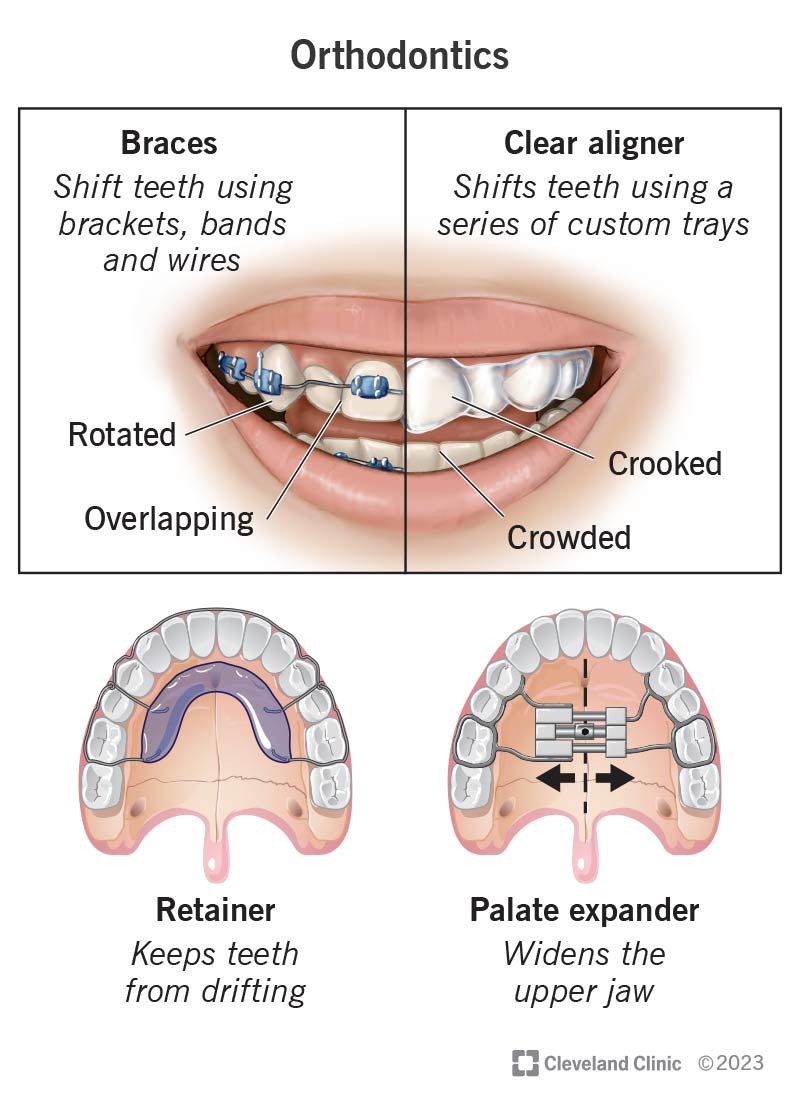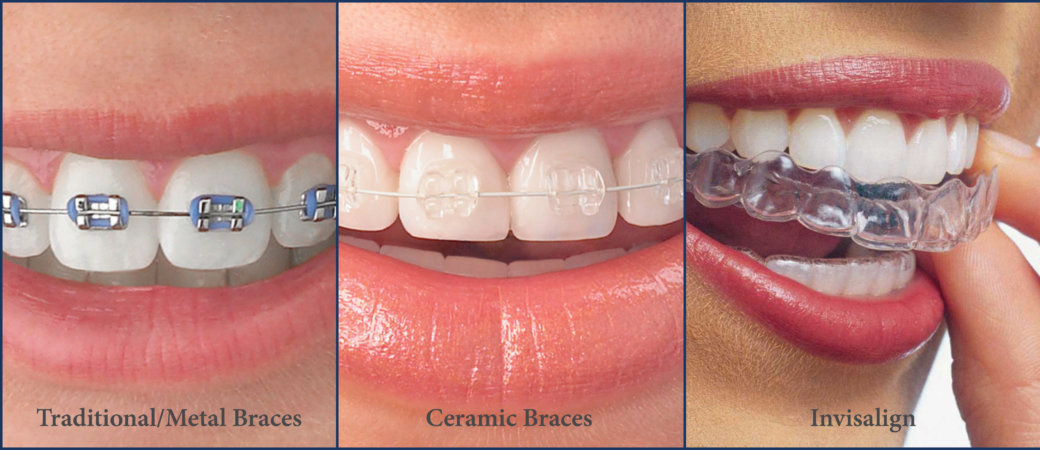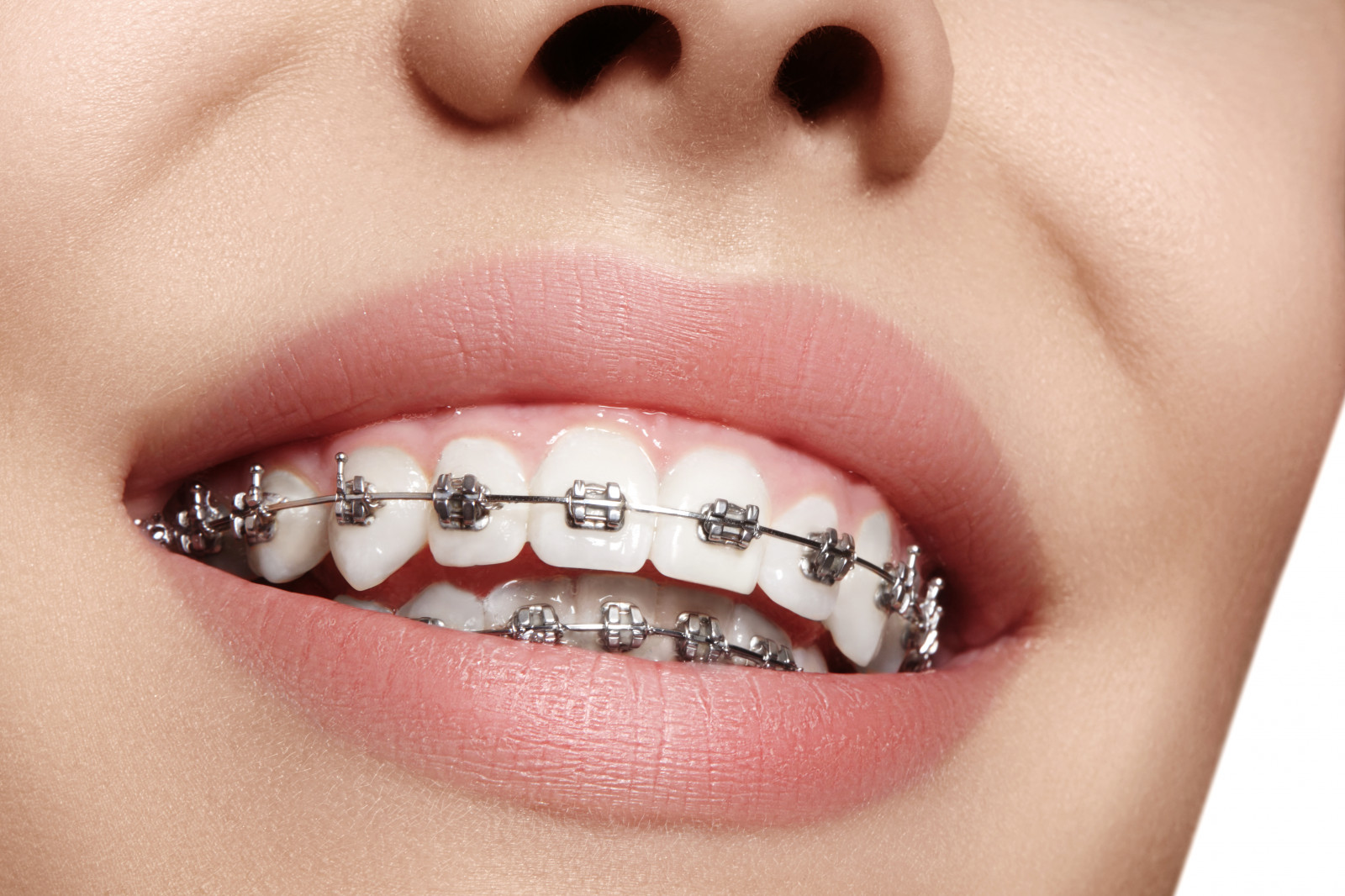Some Known Facts About Causey Orthodontics.
Table of ContentsThe 3-Minute Rule for Causey OrthodonticsWhat Does Causey Orthodontics Mean?Causey Orthodontics for DummiesThe smart Trick of Causey Orthodontics That Nobody is DiscussingAbout Causey Orthodontics
Overlooking occlusal partnerships, it was normal to remove teeth for a selection of dental issues, such as malalignment or congestion. The concept of an undamaged dentition was not extensively valued in those days, making bite correlations appear unimportant. In the late 1800s, the principle of occlusion was necessary for producing trusted prosthetic replacement teeth.As these principles of prosthetic occlusion advanced, it became a very useful device for dentistry. It was in 1890 that the work and impact of Dr. Edwards H. Angle started to be felt, with his payment to modern-day orthodontics especially significant. Focused on prosthodontics, he educated in Pennsylvania and Minnesota prior to directing his interest in the direction of dental occlusion and the therapies needed to preserve it as a regular problem, thus ending up being recognized as the "dad of contemporary orthodontics".

The principle of excellent occlusion, as proposed by Angle and integrated into a classification system, made it possible for a change towards treating malocclusion, which is any deviation from regular occlusion. Having a complete set of teeth on both arches was very searched for in orthodontic therapy as a result of the requirement for specific connections between them.
The Of Causey Orthodontics
As occlusion became the crucial priority, face percentages and looks were overlooked - best orthodontist. To achieve ideal occlusals without utilizing exterior forces, Angle proposed that having best occlusion was the best way to obtain optimum facial aesthetics. With the death of time, it came to be quite noticeable that also an extraordinary occlusion was not ideal when considered from an aesthetic point of sight
Charles Tweed in America and Raymond Begg in Australia (that both researched under Angle) re-introduced dental care removal right into orthodontics throughout the 1940s and 1950s so they can boost face esthetics while additionally ensuring better stability worrying occlusal partnerships. In the postwar duration, cephalometric radiography begun to be made use of by orthodontists for gauging adjustments in tooth and jaw setting triggered by development and therapy. It ended up being obvious that orthodontic therapy might change mandibular development, resulting in the formation of useful jaw orthopedics in Europe and extraoral pressure steps in the US. These days, both useful devices and extraoral gadgets are applied around the globe with the aim of modifying development patterns and forms. Seeking real, or at least improved, jaw partnerships had become the primary objective of therapy by the mid-20th century.
3 Easy Facts About Causey Orthodontics Described
 Until the mid-1970s, dental braces were made by covering steel around each tooth. https://www.webmastersun.com/members/causeyortho7.97207/#about., it became possible to rather bond steel braces to the teeth.
Until the mid-1970s, dental braces were made by covering steel around each tooth. https://www.webmastersun.com/members/causeyortho7.97207/#about., it became possible to rather bond steel braces to the teeth.Andrews gave an insightful meaning of the ideal occlusion in permanent teeth. This has had significant impacts on orthodontic therapies that are administered on a regular basis, and these are: 1. Proper interarchal partnerships 2. Correct crown angulation (tip) 3. Appropriate crown inclination (torque) 4. No rotations 5. Tight get in touch with points 6. Flat Contour of Spee (0.02.5 mm), and based on these principles, he found a treatment system called the straight-wire home appliance system, or the pre-adjusted edgewise system.
The advantage of the design hinges on its bracket and archwire mix, which requires only minimal wire flexing from the orthodontist or medical professional (orthodontist near me). It's appropriately called after this feature: the angle of the port and density of the bracket base inevitably determine where each tooth is positioned with little demand for additional manipulation
See This Report on Causey Orthodontics
Both of these systems utilized identical braces for each tooth and necessitated the flexing of an archwire in three airplanes for locating teeth in their desired placements, with these bends dictating best placements. When it involves orthodontic home appliances, they are separated into 2 types: detachable and fixed. Removable devices can be taken on and off by the person as required.

Thus, nearly all modern set home appliances can be considered variants on this edgewise home appliance system. Early 20th-century orthodontist Edward Angle made a major payment to the world of dental care. He created 4 unique appliance systems that have actually been used as the basis for several orthodontic therapies today, disallowing a few exemptions.
Some Of Causey Orthodontics

The cable finished in a string, and to relocate ahead, an adjustable nut was used, which permitted a boost in circumference. By ligation, each individual tooth was affixed to this extensive archwire (best orthodontist near me). Due to its minimal variety of motion, Angle was not able to achieve specific tooth positioning with an E-arch
These tubes held a firm pin, which might be repositioned at each visit in order to move them in position. Dubbed the "bone-growing home appliance", this contraption was supposed to encourage much healthier bone growth as a result of its potential for moving force directly to the origins. However, applying it showed troublesome in truth.